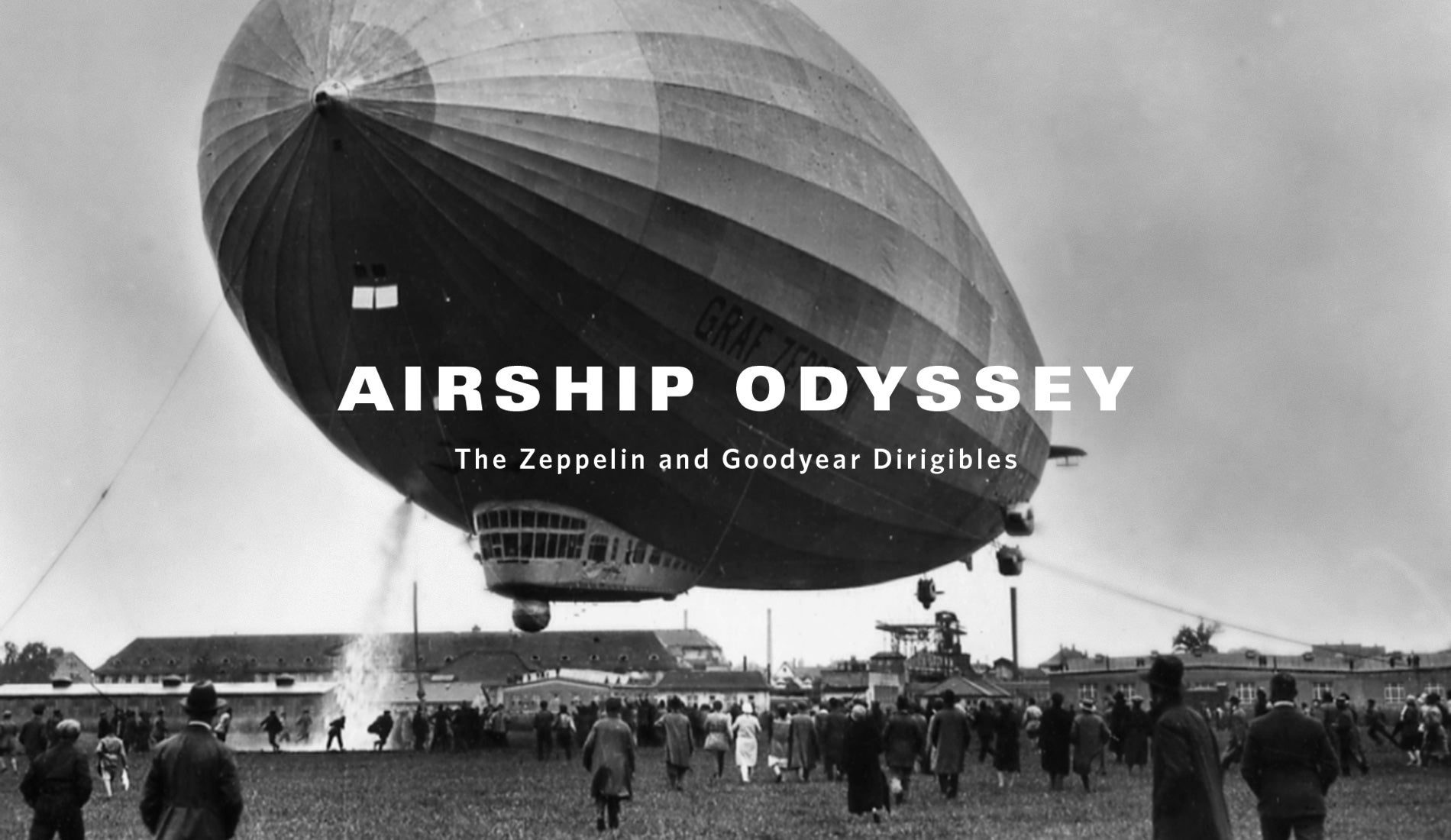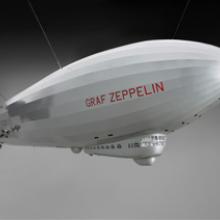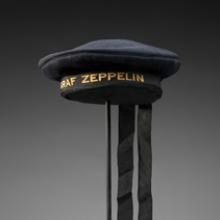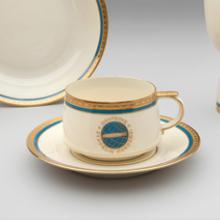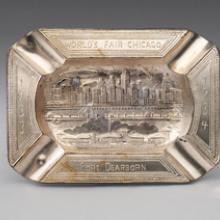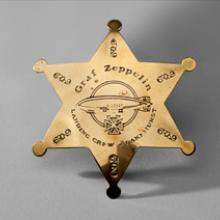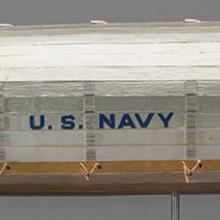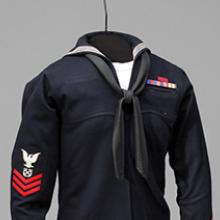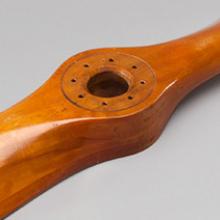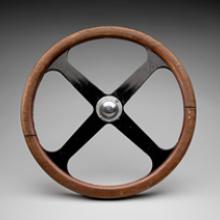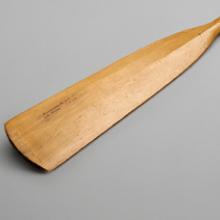Airship Odyssey: The Zeppelin and Goodyear Dirigibles
The Zeppelin and Goodyear Dirigibles
For millennia, humans dreamed of floating among the clouds on magic carpets, flying chariots, vimana, or numerous other craft of myth. In 1783, more than one hundred years before the Wright brothers took to the air, that dream was realized when the Montgolfier brothers, Joseph-Michel and Jacques-Étienne, successfully built and operated a hotair balloon in the skies over France. Over the next century, lighter-than-air technology progressed slowly. Because balloons had to be tethered to remain in place or, otherwise, released to the whims of the wind currents, dirigibility (the ability to control or steer) became the goal as gas-filled airships were developed in the late nineteenth century. In 1884, the airship La France, equipped with an electric motor, became the first dirigible airship to successfully perform a controlled, free flight and return to the point of its departure. Soon, other dirigible airships emerged in Europe and the United States. In 1900, Count Ferdinand von Zeppelin of Germany built an enormous rigid-frame dirigible airship, the LZ-1, followed by a succession of progressively improved massive Zeppelin airships over the next fifteen years.
In 1923, the Zeppelin Company of Friedrichshafen, Germany, and the Goodyear Tire & Rubber Company of Akron, Ohio, formed the Goodyear-Zeppelin Company, which, within the next decade, would build two gargantuan rigid airships for the U.S. Navy. During the same period, Zeppelin built and operated the Graf Zeppelin from Germany. The collaboration continued until World War II, while throughout the twentieth century, Goodyear alone produced increasingly advanced non-rigid blimps for advertising and as reconnaissance and anti-submarine platforms for the U.S. Navy. In the 1990s, a new Zeppelin company was formed to build the next generation of Zeppelin, the Zeppelin NT, and in 2011, Goodyear partnered with the company to purchase three of the new airships.
Although many airships had been produced by other concerns around the globe, the legacy of lighter-than-air craft in the twentieth century was dominated by these two companies. Their influence on the development of airship technology for commercial and military applications was immense. Their impact on popular culture was profound and continues to the present day. Airship Odyssey presents a wide array of objects and images from a time when Zeppelin and Goodyear airships were floating aeronautical spectacles in the skies.
©2013 by the San Francisco Airport Commission. All rights reserved.
